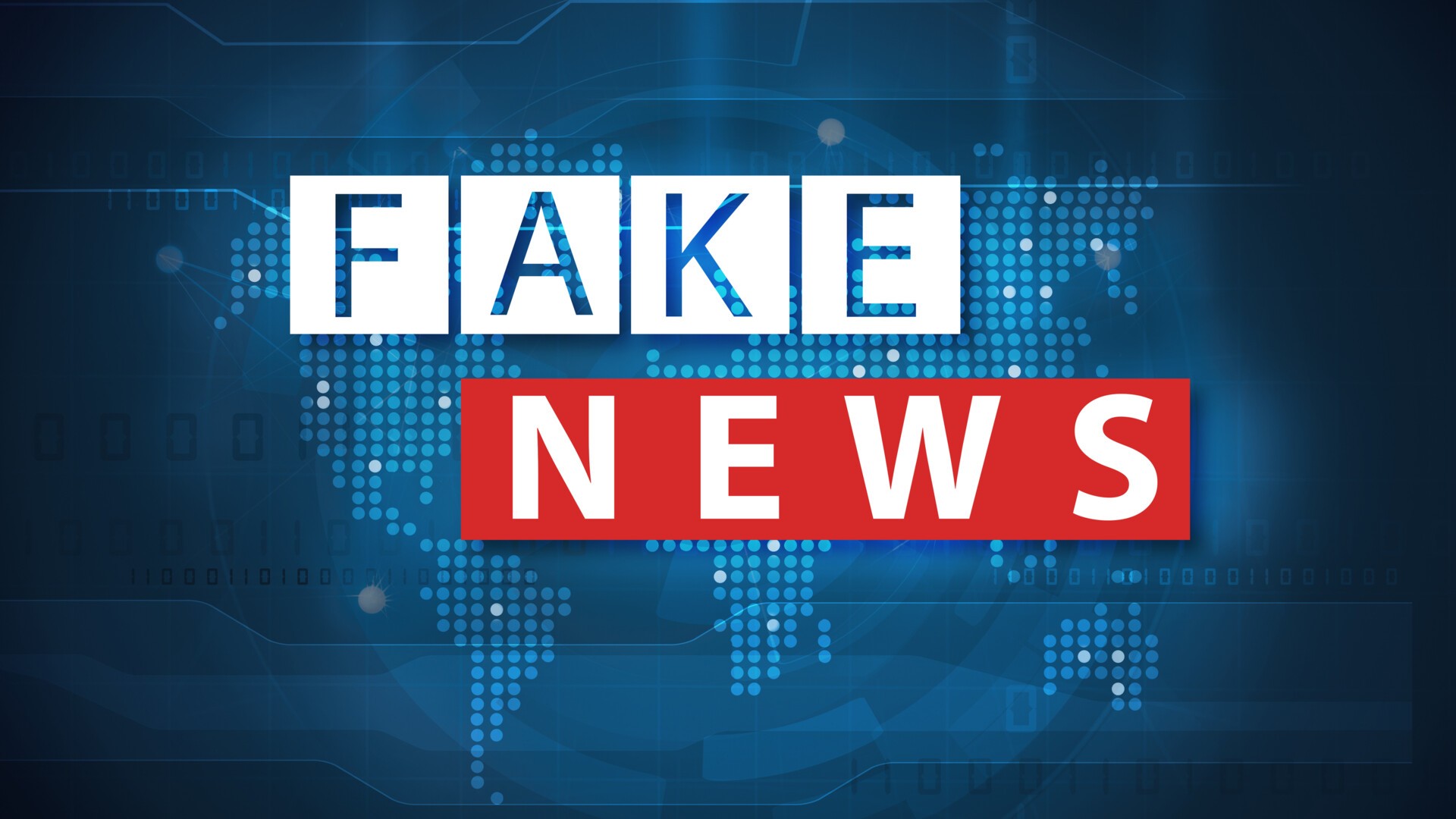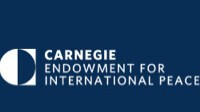
The BlackRock case: Trusting corporate and financial information, a new challenge for financial companies and media
On January 16, 2019 one of the key players of Wall Street has been victim of a hoax: his long-awaited annual letter has been preceded by a fake one. Even the most credible financial media outlet in the world, the Financial Times has been fooled by hacktivists.
What happened exactly?
A few days before the announced official publication, the annual letter of BlackRock’s CEO, Larry Finck, has been faked with a false email and a false mini-site very similar to one of the most important Asset Management companies that managed $6 trillion assets on March, 31, 2018. The fake letter announced the shift of the company towards an unprecedent climate engagement. This simple e-mail has been able to trick several journalists particularly at the Financial Times and Cnbc.com that have finally modified their publications once they knew about the hoax.

The official tweet of BlackRock’s official account that denies the fake annual letter, posted on January 16, 2019 at 2:31 P.M.
A simple analysis, information of major companies is facing a serious challenge: the acceleration of rhythms. Technology is, to a large extent, responsible of this acceleration. Today, corporate and financial information environments are becoming technological, and thus very volatile and very difficult to control and measure.
Media’s reputation in danger
Trusting information is a big challenge for media, their biggest fear is publishing a fake information because their reputation can depend on it. The information stream received by journalists is much more considerable compared to the past and their profession is pauperizing: there are increasingly more desk journalists and less specialized teams. For what concerns the BlackRock case, not every journalist, despite being talented, has the phone number of Larry Finck, BlackRock’s CEO, in order to verify in few seconds if the annual letter was real. A lack of attention to the sender e-mail address has led to a fake information on the front pages.
Finance as a target
On November 22, 2016, Vinci has experienced a sudden crash of the stock market of 18 percentage points because of a fake press release. The corporate domain is really attractive for hackers and fake news creators because financial challenges are enormous. The acceleration of the market speed and the virality of social media amplify the effects.
A way to face fake news is to plan a multichannel distribution of corporate information. It is always more difficult to hack 8 or 10 official channels (emails, newsrooms, corporate sites, social media, etc.) than only one or two. These different channels allow to verify the authenticity of the sender. Phone contacts and all other reliable sources shouldn’t be left behind.
Other technical elements can also raise a journalist’s suspicions: the absence of a sender e-mail certificate or that of the corporate site.
In a context disrupted by technology, reliability of corporate and financial information becomes the first priority for information professionals, either they are emitters or addressees like media, analysts and investors.
Expert
Jérôme Lascombe
Wiztopic Co-founder and President
Expert in FinTech and business communication technologies. Founder of WIZTRUST Protect, the blockchain certification platform for corporate and financial news.
They talk about us
Enduring Cyber Threats and Emerging Challenges to the Financial Sector
November 18, 2020
Carnegie Endowment
Lire l'article


